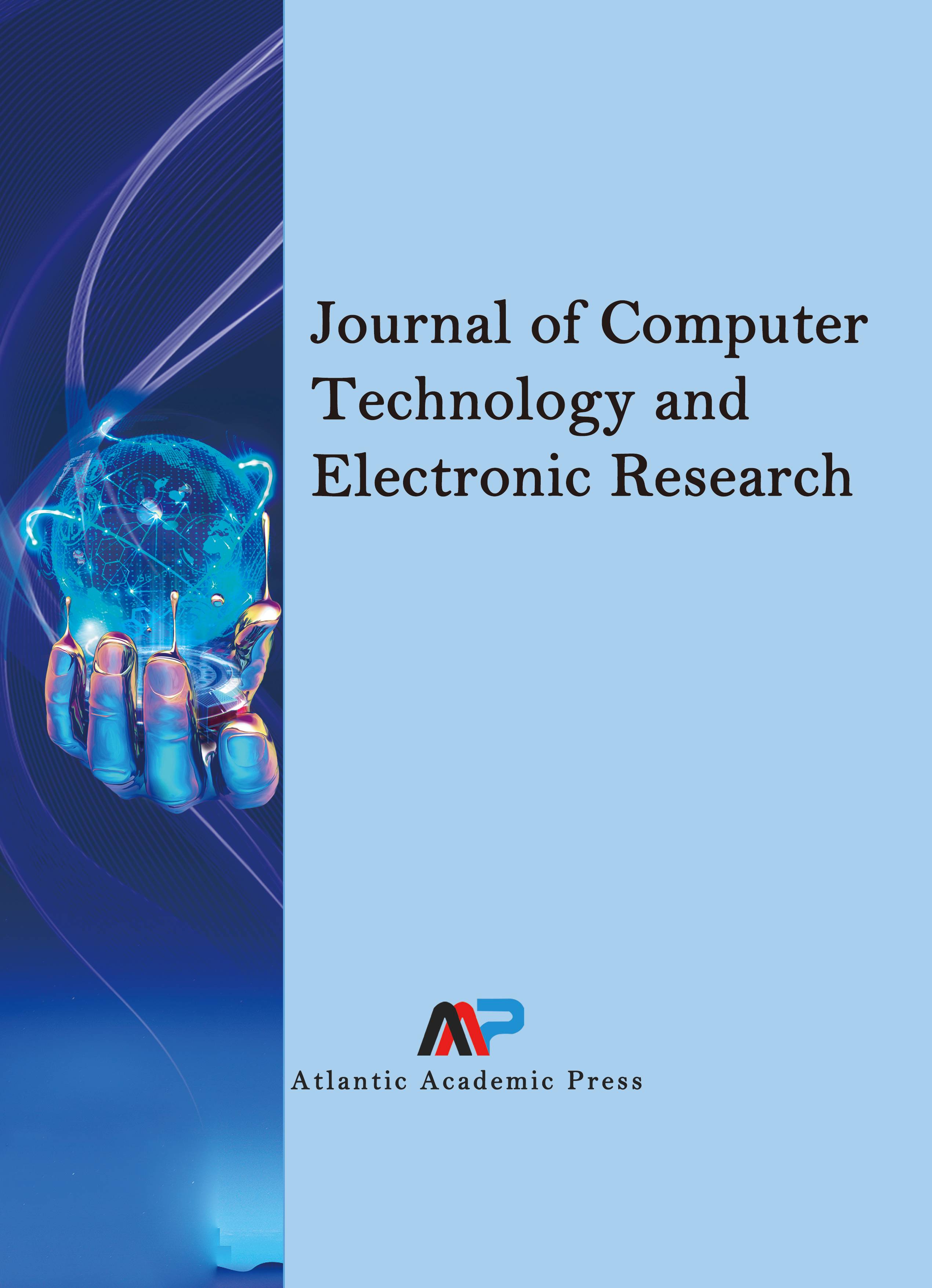Review of Academic Early Warning Methods Based on Data Mining
DOI:
https://doi.org/10.70767/jcter.v1i3.413Abstract
The main purpose of academic warning is to promptly detect students' learning crises during the teaching process, and to provide effective warning and intervention, thereby achieving supervision of the entire learning process by teachers and students and effectively improving the quality of students' learning. The author used the method of data comparison and analysis to conduct a detailed comparative analysis of data collection and source processing methods, algorithm evaluation methods, and warning result analysis methods in academic warning methods. Then, an analysis was conducted on machine learning, linear regression, artificial neural networks, and improved algorithms based on data mining algorithms, and it was found that there are still some shortcomings in academic warning, such as insufficient universality of warning models; The sample types are generally numerical and textual, and factors such as learners' emotions, learning dynamics, family economy, and background are not included in the scope of data collection. Through the analysis of data mining methods in academic warning, the author proposes that these algorithms have their own advantages and disadvantages, and their respective strengths can be used to complement each other and solve specific problems together.
Downloads
Published
Issue
Section
License
Copyright (c) 2025 Journal of Computer Technology and Electronic Research

This work is licensed under a Creative Commons Attribution-NonCommercial 4.0 International License.




